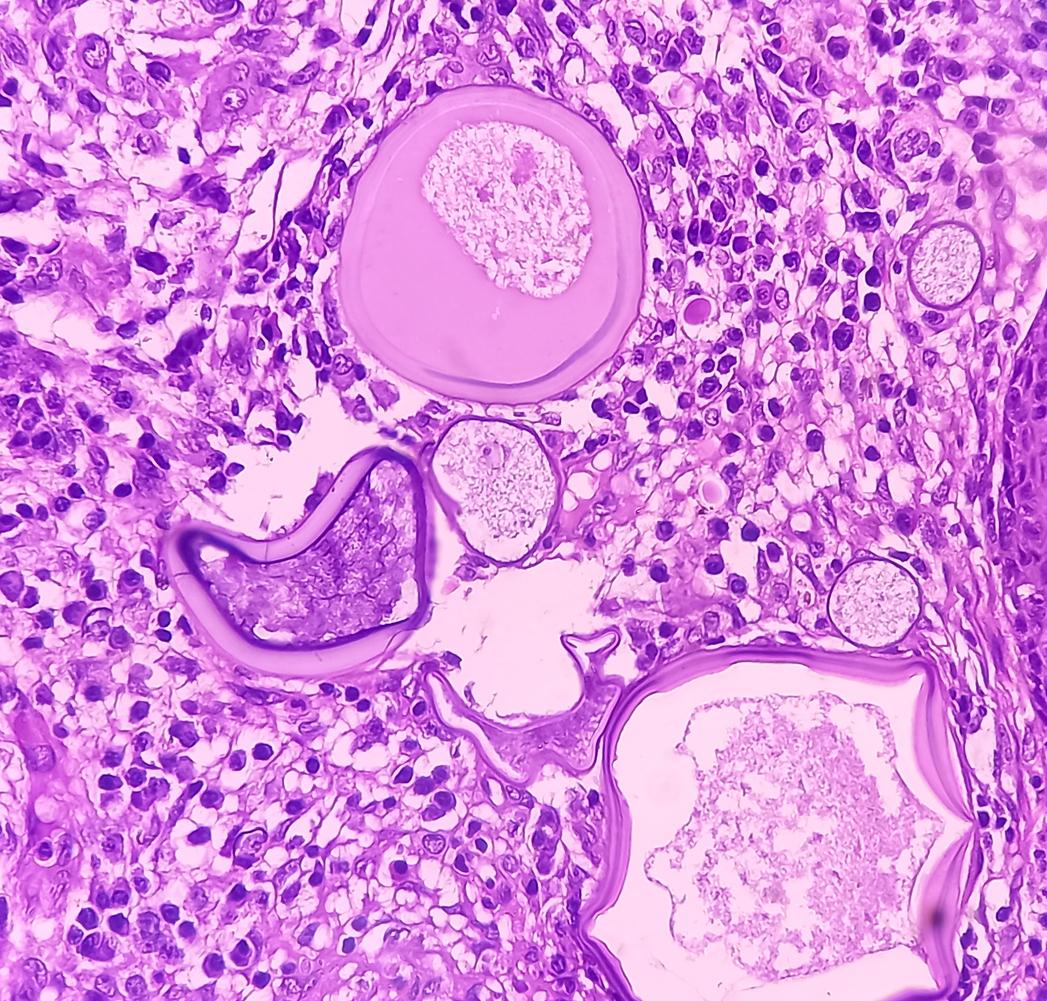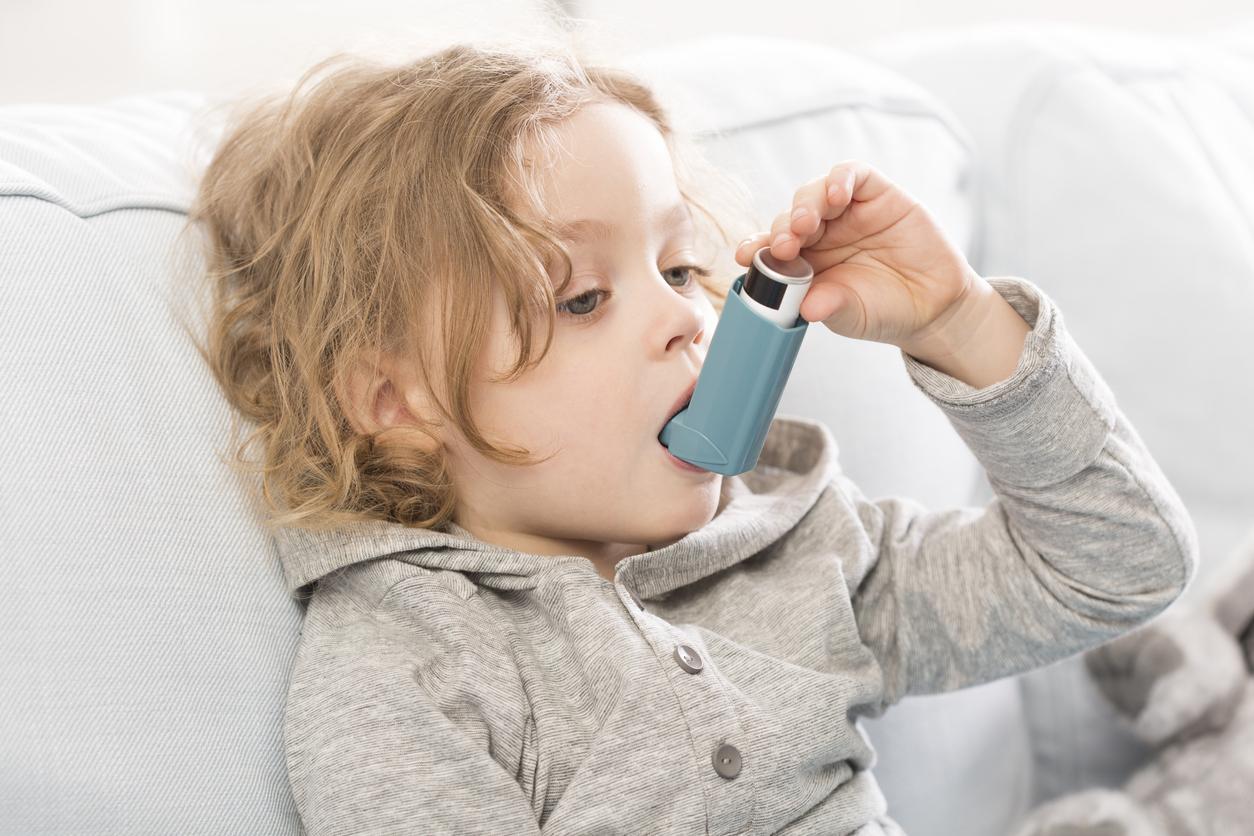Certain allergens present in indoor air increase the risk of respiratory infections in children with asthma. Their symptoms may be more severe.

- Children with asthma are at greater risk of developing respiratory infections when exposed to allergens.
- A study shows that the presence of mouse and cockroach allergens increases this risk and the risk of developing more severe symptoms.
- Children from disadvantaged backgrounds are more affected.
Asthma attacks can be triggered by a number of factors, including the presence of allergens. In the medical journal Journal of Allergy and Clinical Immunologyscientists explain that some of these substances, present in homes, increase the risk of serious respiratory infection. These specialists from the Dell Medical School of the University of Texas were particularly interested in allergens, more likely to be present in precarious homes.
What are the links between allergens and respiratory infections in asthmatic children?
“Certain exposures to environmental allergens are more common in disadvantaged communities and may contribute to differences in susceptibility to upper respiratory infections”they recall in the preamble to their study. In their work, they compared the associations between these allergens and different types of pathologies: respiratory tract infections alone, respiratory tract infections accompanied by cold symptoms, those accompanied by these symptoms and pulmonary inflammation and finally those associated with all these signals and reduced pulmonary function. They focused on two types of allergens: those present in the air and in deposited dust: cat, dog, mouse and cockroach.We assessed associations between allergen concentrations and respiratory tract infection-related outcomes by age, sex, study month, season, health insurance, and household size.they specify.
Associations between mouse and cockroach allergens and severe respiratory infections
In their findings, they indicate that doubling the concentration of cockroach allergens increased the risk of having an upper respiratory infection with cold symptoms by 18%, of having these symptoms and a lung infection by 31%, and of having an upper respiratory infection, cold symptoms and reduced lung function by 45%.Mouse allergen concentrations were positively associated with all outcomes”they point out. However, there was no association between these different types of infections and symptoms and dog and cat allergens.

Asthma and allergens: greater risks in precarious households
“This research highlights the critical role that environmental factors, particularly those found in disadvantaged communities, play in worsening respiratory infections in children with asthma.”believes the lead author of the study, Darlene Bhavnani, an infectious disease epidemiologist, adds that this helps explain why children living in disadvantaged neighborhoods are more likely to suffer from asthma, compared to others.By understanding these links, we can better target interventions to reduce exposure to harmful allergens and improve health outcomes in at-risk populations.”adds the author. According to her, public policies aimed at improving the health of housing and neighborhoods could reduce the risk of respiratory infections in asthmatic children.


















